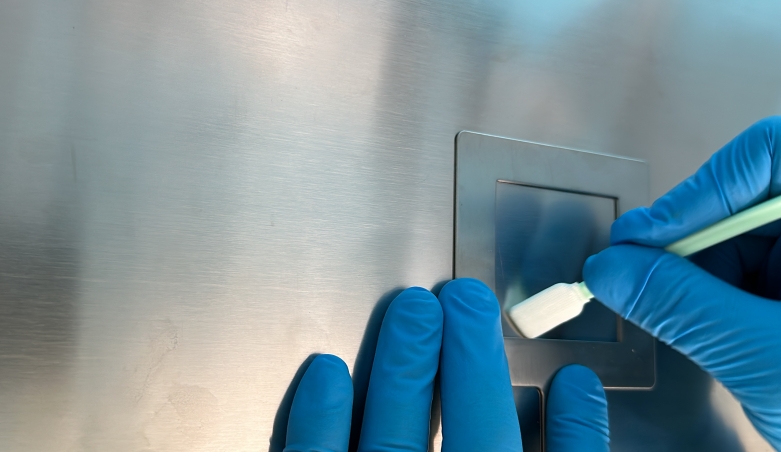What is TOC Verification Sampling
229TOC sampling verification is a process of evaluating the cleaning effect or whether the environment, samples, etc.
View detailsSearch the whole station Pandemic Supply
Cleaning Validation Swabs: Ensuring Hygiene and Quality in Industrial Processes
In industries where strict hygiene and quality control are of utmost importance, such as pharmaceuticals, food and beverage, and electronics, cleaning validation swabs play a crucial role. These specialized swabs are designed to accurately sample surfaces for contaminants, ensuring that equipment, production areas, and products meet the highest cleanliness standards.

For example, polyester fiber swab heads are highly effective in collecting even the tiniest particles and chemical residues. They have excellent absorbency, ensuring that all contaminants present on the surface are picked up during sampling. The swab shafts are usually made of plastic materials such as polypropylene (PP). PP offers good strength and flexibility, making it easy for operators to handle the swabs during sampling. Some swabs may also feature metal shafts (like aluminum) for applications that require more rigidity or in cases where the swab needs to reach into narrow, hard – to – access areas.
When it comes to the swab shafts, if made of plastic, they are usually produced through injection molding. During injection molding, molten plastic is injected into a mold cavity under high pressure. Precise control of temperature, pressure, and cooling time is crucial to ensure the shafts have consistent quality and dimensions. The connection between the swab head and the shaft is also carefully engineered. Methods such as ultrasonic welding, heat – press connection, or the use of specialized, non – contaminating adhesives are employed. Ultrasonic welding, for instance, uses high – frequency vibrations to melt and bond the two parts together, creating a strong and contamination – free connection.
TOC sampling verification is a process of evaluating the cleaning effect or whether the environment, samples, etc.
View detailsQ. How do you calculate the swab limit for cleaning validation, once it has been extracted in solution? A. Swab limits are an expression of an acceptance criteria converted to an amount of ...
View detailsWe value your privacy We use cookies to enhance your browsing experience, serve personalized ads or content, and analyze our traffic. By clicking "Accept All", you consent to our use of cookies.
Our Privacy Policy